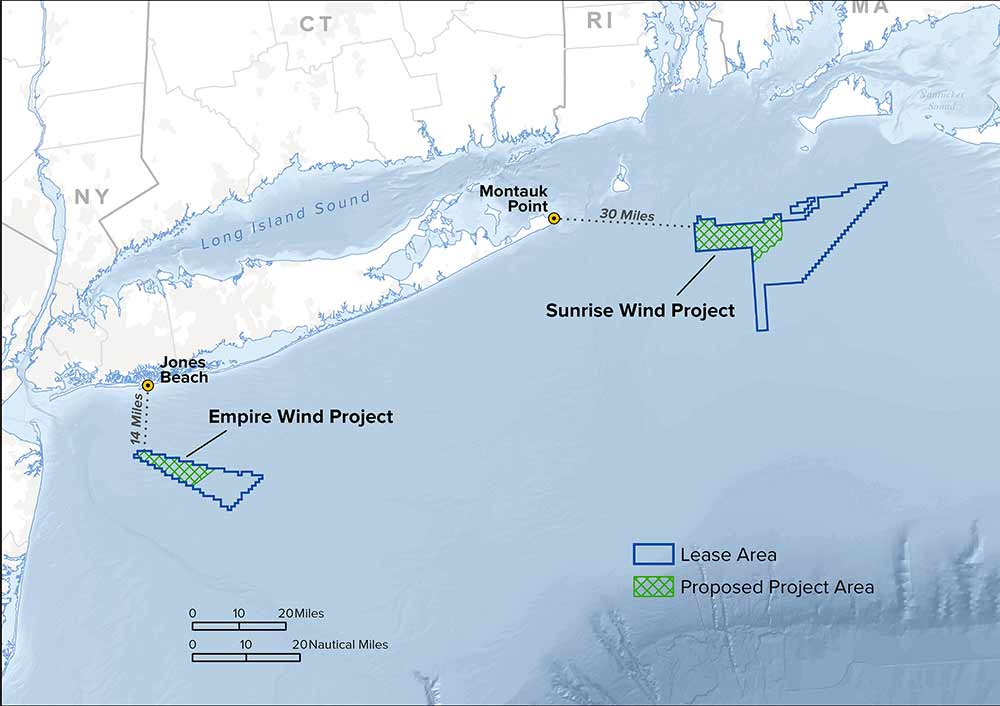Celebrating Historic Hampton Bays

Hampton Bays was originally established as Good Ground in 1790. The area was appropriately named for its plethora of wildlife and proximity to many different waterways. It encompassed several smaller communities, including Red Creek, Squiretown, Canoe Place, Ponquogue, West Tiana and East Tiana. These neighborhoods are still in existence, housing some descendants of the original settlers. As the East End grew as a popular summer tourist destination, the hamlet’s name was changed to Hampton Bays, in 1922, in order to be more clearly associated with the exclusive “Hamptons.”
Hampton Bays brought its own unique history and identity to the Hamptons name. Sadly, though, many of the historic landmarks, including the famed Hercules statue and the Shinnecock Lighthouse, have been removed over the years.
The Shinnecock Lighthouse was once one of the tallest structures along the Eastern Coast. The lighthouse stood at 180 feet tall and was visible for 27 miles. It was built in 1858 on what was referred to as Ponquogue Neck, just north of the present day Coast Guard station. Amazingly this 10-acre parcel of land was purchased by the government for a whopping $100. In 1931, the government decided that the lighthouse had become obsolete and so it was controversially toppled in 1948.
The Hercules statue is the figurehead from the U.S.S. Ohio, carved from a single piece of cedar in 1820. It stood on the grounds of the Canoe Place Inn, but was relocated to the town of Stony Brook when Ward Melville purchased it.
However, Canoe Place Inn is still very much in existence, though residents are hoping the building will be restored in order to preserve the landmark and its history. Canoe Place Inn is said to be the oldest inn site in America, built by Jeremiah Culver in 1750. It was run by the Herrick family from roughly 1756 until it was sold in 1785, and for many years was the only stop between Riverhead and Southampton.
During the American Revolution, British Cavalry occupying the area took up residence at Canoe Place Inn. The inn served as a home and headquarters to British officers during the winter of 1778–79. Their fort spanned more than two acres of trenches on the hill behind the inn. It later became a popular destination for politicians and socialites through much of the 18th century.
A terrible fire in 1921 ravaged the building, leaving only two chimneys in its wake. The Inn was later rebuilt and expanded, and it has since housed numerous nightclubs. Colloquially known as “C.P.I.” for years, it has changed names and owners several times and is now vacant.
Another recognizable—and necessary—Hampton Bays landmark is the Ponquogue Bridge. Originally built as a drawbridge in 1931, the Old Ponquogue Bridge connected Ponquogue Neck to Dune Road. The present day Ponquogue Bridge was completed in 1987 alongside the old bridge piers, standing 55 feet tall at a cost of $13 million.
Opened in 1892, the Shinnecock Canal has been vital to the areas of transportation and tourism to the Peconic and Shinnecock Bays and to the surrounding communities. The Canal has had many makeovers and redesigns since it began as a small hand-dug stream in the 1600s. Today, the lock system allows boaters to navigate between the ocean and area waterways, while also providing ideal fishing from the embankments.
Since 1978, the Boardy Barn has been one of the most cherished and notorious bars in the Hamptons. Everyone has stories about going to this party mecca, but no one actually knows its back-story. If you chose to visit, note that a 2011 New York Post article reported that more beer was sold at the Boardy Barn in an afternoon than Yankee Stadium or Citi Field served on gameday.
This weekend’s St. Patrick’s Day parade, which begins at 11 a.m., is the perfect excuse to head to good ol’ Hampton Bays.




